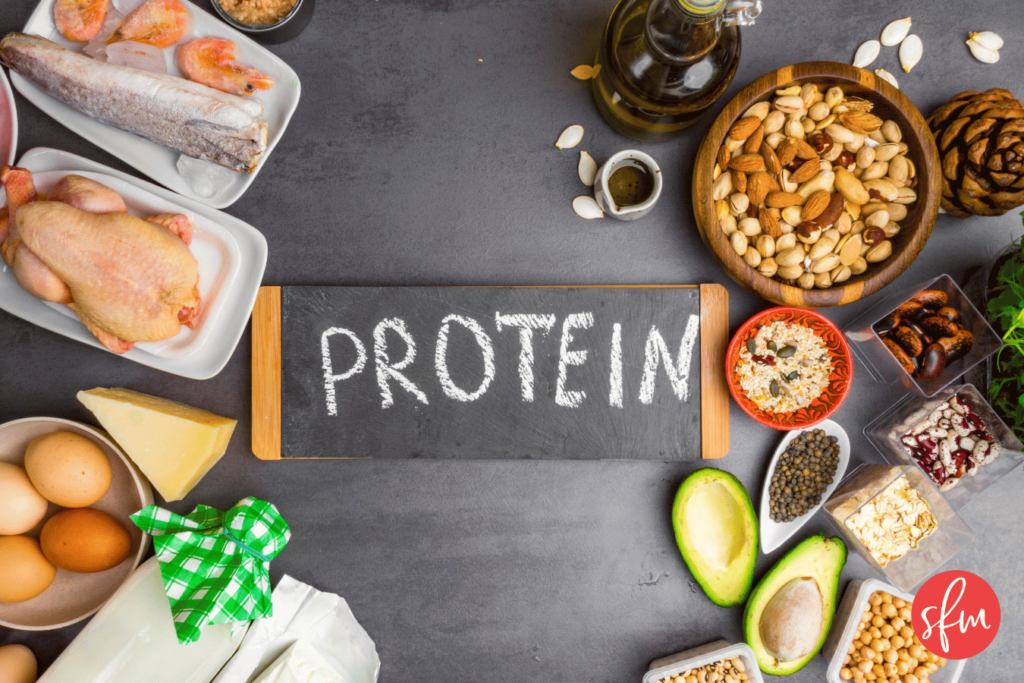Looking to set your macros for fat loss? We can help! We started this series with setting calories and then protein. Now let’s move on to fats.
Remember that macros are person to person specific. You’ll see better success in terms of results and sustainability if you have macros tailored to your specific lifestyle and goals versus the generalities we’re going over in this series. Click HERE to get your custom macro count tailored to your lifestyle and goals. You’ll see the greatest amount of success working 1:1 with a coach as we set and adjust macros weekly based on client biofeedback and results. Learn more about our 1:1 coaching program HERE.
A robust body of research has revealed the wide-ranging benefits of including healthy fats in your diet. This includes but is not limited to lowering your risk for heart disease, improving blood cholesterol levels, helping blood sugar control, reducing inflammation, and regulating your hormones which is so crucial for a healthy metabolism, etc.
Your fats should take up anywhere from 28% to 35% of your total daily calories depending on a number of factors. If you’re nursing or pregnant you’ll want to err on the higher end of that. If you’re an athlete that does High intensity training you’ll want to err on the lower end of that percentage. The higher your fat percentage, the lower your carbohydrate intake will be and vice versa. The lower your fat percentage, the higher your carbohydrate intake.
If you are coming from a low carb, high fat background you can slowly lower your fat intake percentage down overtime.
One very important thing to remember when calculating how many grams of fats you should eat is that while 1 gram of protein equals 4 calories, and 1 gram of carbs equals 4 calories, 1 gram of fat equals 9 calories. This means fats are more calorie dense. Your fat budget is going to go much quicker than your protein and carbohydrate macro budget. Click HERE for a post that explains what to do when you run out of your fat budget too soon.
Let’s do a quick example. If your calories are set to 1800 and you want your fats to take up 30% of that you’re going to calculate 1800 times .3 which will equal 540 calories and then you’ll divide by 9 which will spit you out how many fat grams you should be consuming. In this case 60g.
1800 X 0.3 = 540
540/9= 60g of fat
Next check out Part 4, the final step, Setting Carbs.
If you’re interested in the formulas we use to set and adjust macros, The Stay Fit Mom Guide to Macros on Your Own is for you.
Be sure to check out Step 1: How to Set Calories for Fat Loss if you haven’t already.

Step 2: Setting Protein!








No Comments